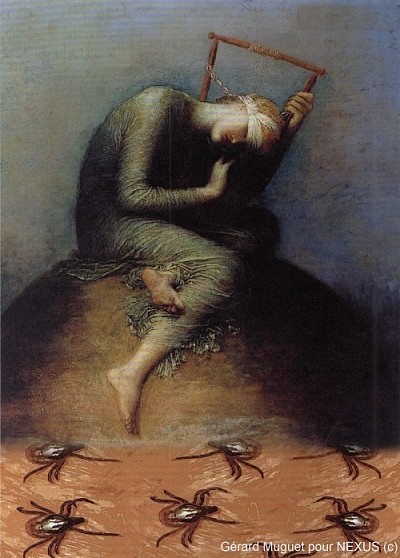Like most aspects of Lyme disease, the role of cysts and biofilms in persistent B. burgdorferi infection has
been controversial [1,27,29]. However, the study by Bockenstedt et al., and the open-minded commentary by
Barbour may open up new vistas on this fascinating aspect of bacterial persistence. Whether chronic Lyme
disease arises from persisting spirochetal forms hidden in biofilms (as suggested by the monkey study of
Embers et al., and the experimental work of Sapi et al.) or from cell wall-deficient cysts (L-forms) of B.
burgdorferi (as suggested by the mouse study observations of Bockenstedt et al., and the interpretation of
Barbour), persisting forms of bacteria require treatment. To date the treatment options for these bacterial
persisters are extremely limited, but their recognition dictates a more aggressive approach to eradication of
Lyme disease using combination antibiotic therapy modelled on treatment regimens for tuberculosis and HIV
disease [2]. The fact that B. burgdorferi shares resistance genes with pathogenic mycobacteria supports the
need for this therapeutic approach [30,31]. It remains to be seen which form of B. burgdorferi is the true
culprit in chronic Lyme disease and which form of treatment is most efficacious in clearing both forms of
bacteria from patients
http://www.hoajonline.com/
